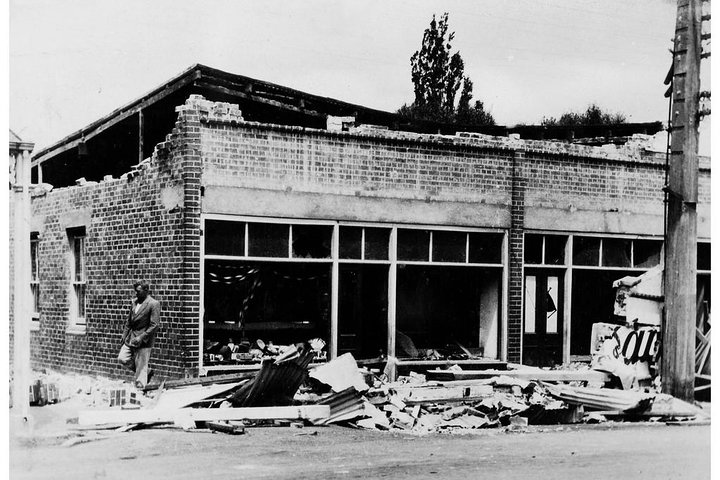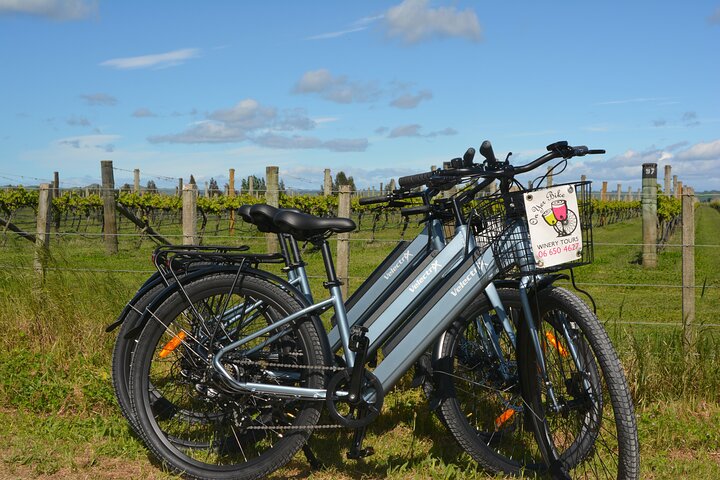Exploring Hastings’ Resilient Past: A Self-Guided Journey Through the 1931 Earthquake Aftermath
Drawn by the promise of historical insight and personal stories, I embarked on the 1931 Earthquake Tour in Hastings. This self-guided audio experience offered a unique perspective on the city’s resilience and architectural rebirth.
A Journey Through Time: The 1931 Earthquake Tour
As a travel writer with a passion for sustainable tourism, I am always on the lookout for experiences that not only enrich my understanding of a place but also align with my eco-conscious values. When I heard about the 1931 Earthquake Tour in Hastings, I was intrigued by the opportunity to delve into the history of a region that has been shaped by both natural forces and human resilience. This self-guided audio tour promised a unique blend of historical insight and personal stories, and I was eager to explore how the city has rebuilt itself in the wake of such a devastating event.
Immersing in History
The tour began at the Hastings isite Visitor Information Centre, where I picked up my audio guide and map. As I set off on my journey, I was immediately struck by the seamless integration of technology and storytelling. The audio guide provided a rich tapestry of narratives, weaving together the voices of survivors with historical context. Walking through the city, I could almost feel the echoes of the past reverberating through the streets.
One of the most poignant stops was the Clock Tower, a symbol of the city’s resilience and determination to rebuild. Standing there, I was reminded of the importance of preserving our history, not just in monuments but in the stories we tell and the lessons we learn. The tour also took me to Roach’s Department Store and the Hawkes Bay Opera House, each location offering a glimpse into the architectural rebirth that followed the earthquake.
Reflections on Resilience
As I continued my exploration, I couldn’t help but reflect on the parallels between the city’s recovery and the broader themes of sustainability and conservation that are so central to my work. The 1931 earthquake was a catalyst for change, prompting a reevaluation of building practices and urban planning. In much the same way, our current environmental challenges demand innovative solutions and a commitment to sustainable development.
The Hastings Cenotaph, another stop on the tour, served as a poignant reminder of the lives lost and the enduring spirit of the community. It was a humbling experience, one that reinforced my belief in the power of storytelling to connect us to our past and inspire us to build a better future.
A Sustainable Exploration
Throughout the tour, I was impressed by the thoughtful design of the experience. The self-guided format allowed me to explore at my own pace, minimizing my environmental impact while maximizing my engagement with the city’s history. This approach aligns perfectly with my advocacy for eco-friendly travel, offering a model for how tourism can be both educational and sustainable.
In conclusion, the 1931 Earthquake Tour in Hastings is a must-visit for anyone interested in history, architecture, or sustainable tourism. It offers a unique opportunity to connect with the past while considering the future, all within the framework of an environmentally conscious experience. As I left Hastings, I felt a renewed sense of purpose in my work, inspired by the resilience of a city that has risen from the ashes to become a beacon of hope and innovation.



































